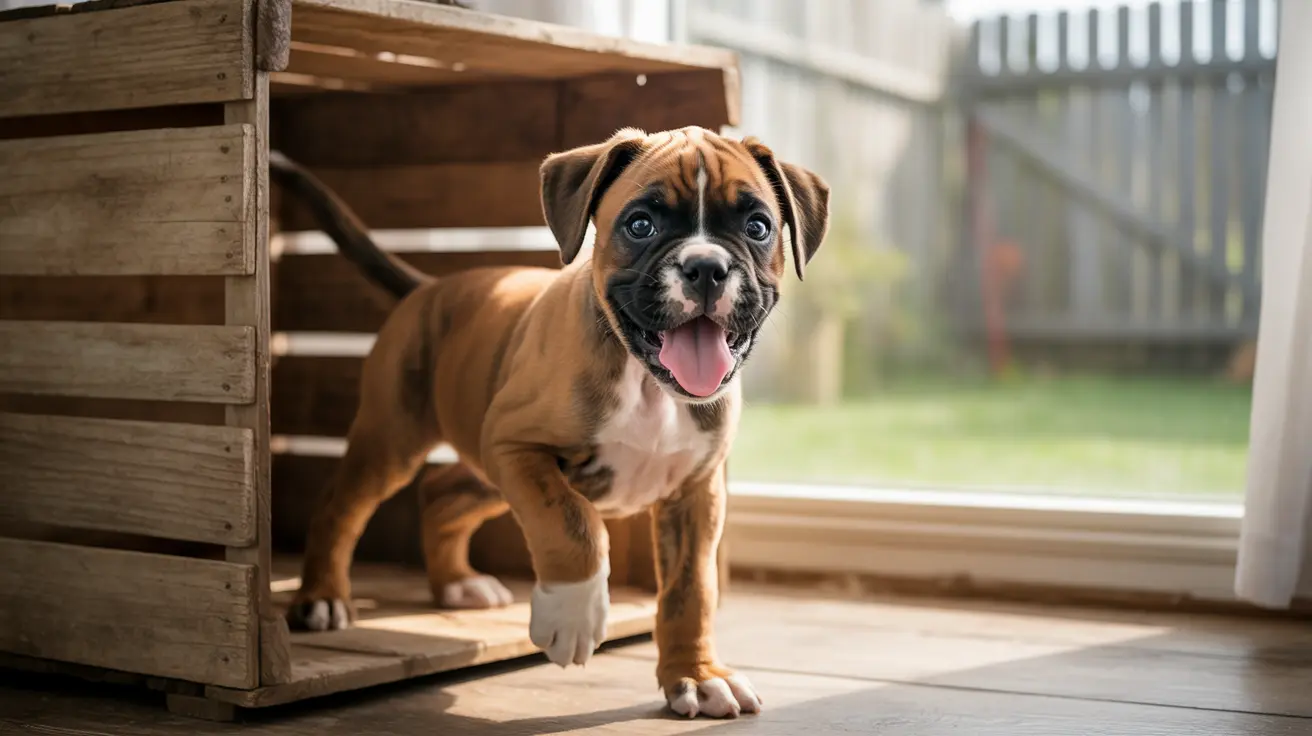Discovering that your dog keeps peeing in their crate can be both frustrating and concerning for pet owners. Whether you're dealing with a newly adopted adult dog or a young puppy, understanding why this behavior occurs and how to address it effectively is crucial for maintaining a clean, healthy environment for your pet.
In this comprehensive guide, we'll explore the common causes of crate accidents, provide practical solutions, and help you develop an effective strategy to resolve this challenging behavior. From medical concerns to training techniques, we'll cover everything you need to know to help your furry friend maintain proper crate habits.
Understanding Why Dogs Pee in Their Crates
Medical Issues vs. Behavioral Causes
Before addressing any training concerns, it's essential to rule out medical conditions. Urinary tract infections, diabetes, kidney disease, and age-related incontinence can all lead to crate accidents. If your dog suddenly starts having accidents or shows signs of discomfort while urinating, schedule a veterinary examination immediately.
Behavioral causes often stem from improper training, anxiety, or environmental factors. These might include insufficient house training, negative crate associations, or confusion about appropriate elimination spots.
Proper Crate Setup and Size
The right crate size is crucial for preventing accidents. Your dog's crate should be just large enough for them to stand up, turn around, and lie down comfortably. An oversized crate may encourage your dog to use one end as a bathroom area and the other for sleeping.
Remove soft bedding if your dog consistently soils it, as some dogs prefer eliminating on soft surfaces. Once your dog demonstrates reliable crate behavior, you can gradually reintroduce comfortable bedding.
Establishing an Effective Training Routine
Consistent Scheduling
Create a regular schedule for feeding, potty breaks, and crate time. Adult dogs typically need bathroom breaks every 4-6 hours, while puppies require more frequent opportunities based on their age (roughly one hour per month of age).
Positive Reinforcement
Reward your dog generously for eliminating outside and maintaining a clean crate. Use high-value treats and enthusiastic praise to reinforce desired behaviors. Never punish your dog for accidents, as this can create anxiety and worsen the problem.
Managing Extended Crate Times
While crates are excellent training tools, they shouldn't be used for extended periods. Adult dogs shouldn't be crated for more than 6-8 hours maximum, and puppies require much more frequent breaks. If you need to be away longer, consider hiring a dog walker or using a pet sitter.
Addressing Anxiety and Stress
Some dogs develop anxiety around their crate, leading to stress-induced accidents. Create positive associations by feeding meals near the crate, offering special toys only during crate time, and never using the crate as punishment.
Frequently Asked Questions
Why does my dog keep peeing in the crate even after being crate trained?
This could indicate a medical issue, anxiety, or a lapse in training. Have your vet rule out medical causes, then evaluate your training routine and crate setup for potential improvements.
Could medical problems be causing my dog to urinate in their crate?
Yes, several medical conditions can cause increased urination or loss of bladder control, including UTIs, diabetes, kidney disease, and age-related incontinence. Always consult your veterinarian if you notice sudden changes in bathroom habits.
How can I stop my puppy from peeing in their crate during house training?
Establish a consistent schedule, use appropriately sized crates, reward outdoor elimination, and ensure frequent potty breaks based on your puppy's age. Remember that young puppies have limited bladder control.
What is the right crate size to prevent my dog from peeing inside it?
The crate should be just large enough for your dog to stand, turn around, and lie down comfortably. If it's too large, use a divider to reduce the space until your dog develops reliable habits.
How long can I leave my dog in a crate without risking accidents?
Adult dogs should not be crated longer than 6-8 hours maximum. Puppies can only hold their bladder for about one hour per month of age. Regular breaks are essential for preventing accidents and maintaining good habits.
Conclusion
Successfully preventing your dog from peeing in their crate requires patience, consistency, and understanding of your pet's specific needs. By ruling out medical issues, establishing proper routines, and using positive reinforcement techniques, you can help your dog develop and maintain appropriate crate habits. Remember that every dog is different, and some may need more time and support to achieve reliable crate training.






